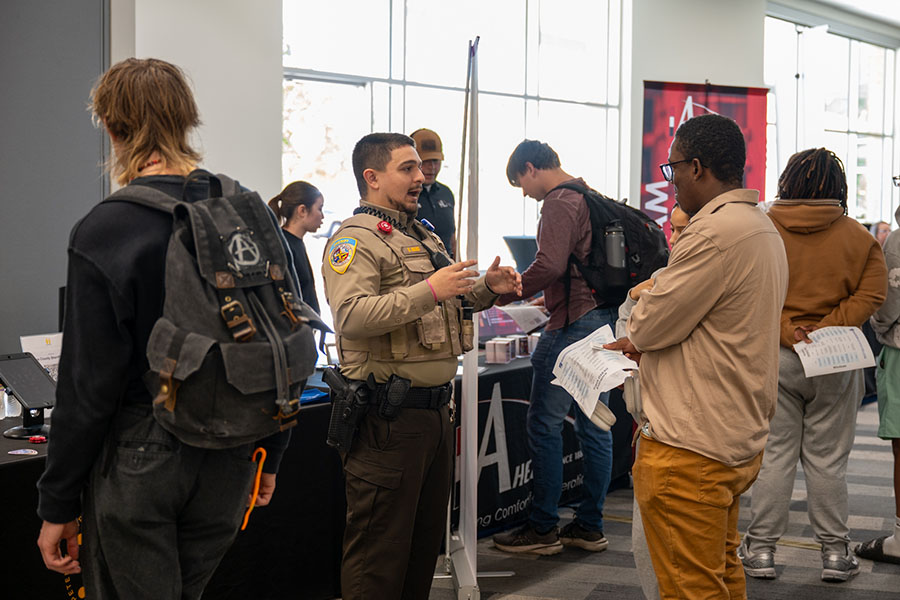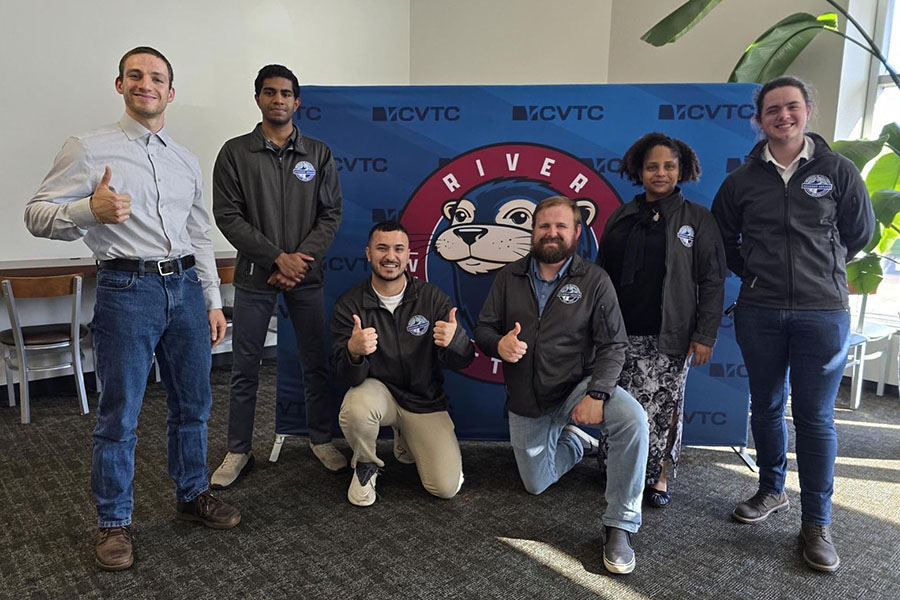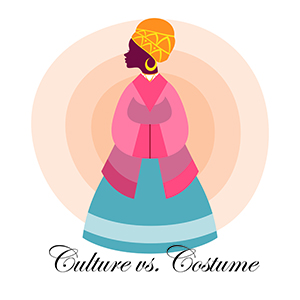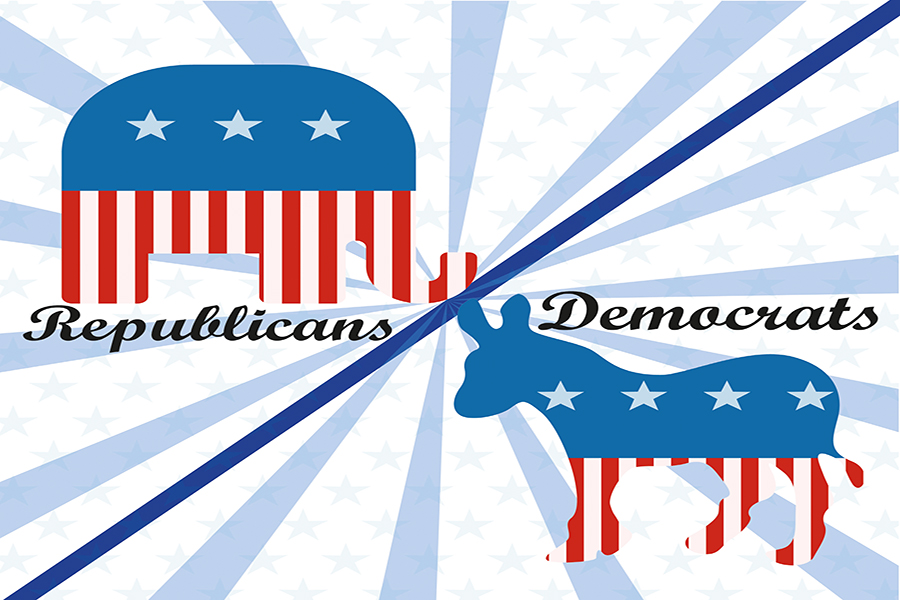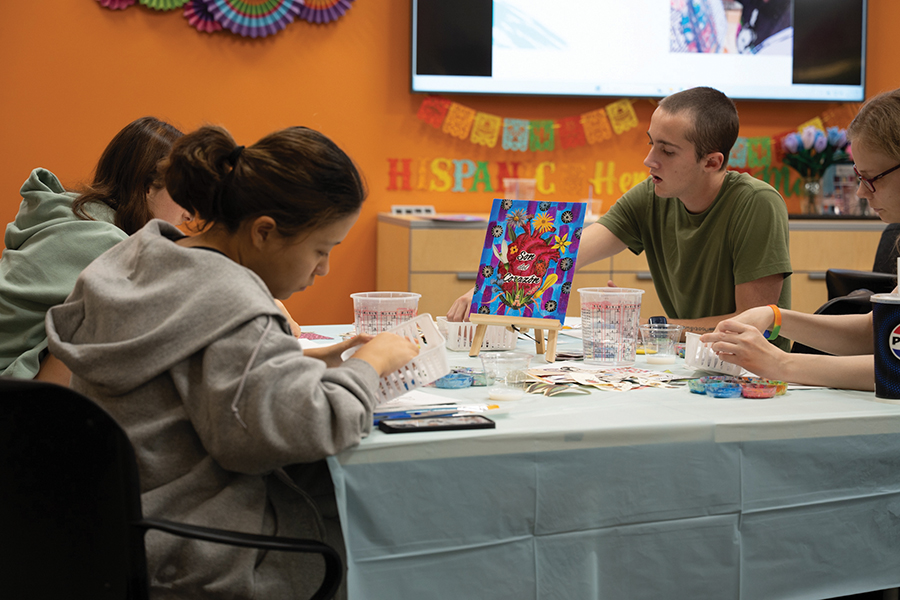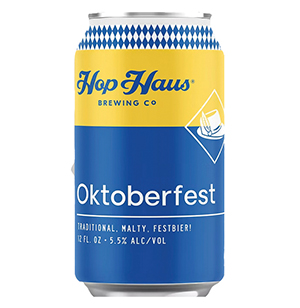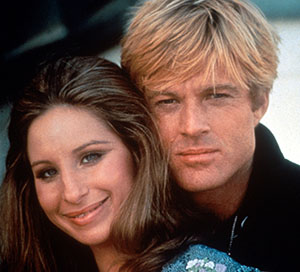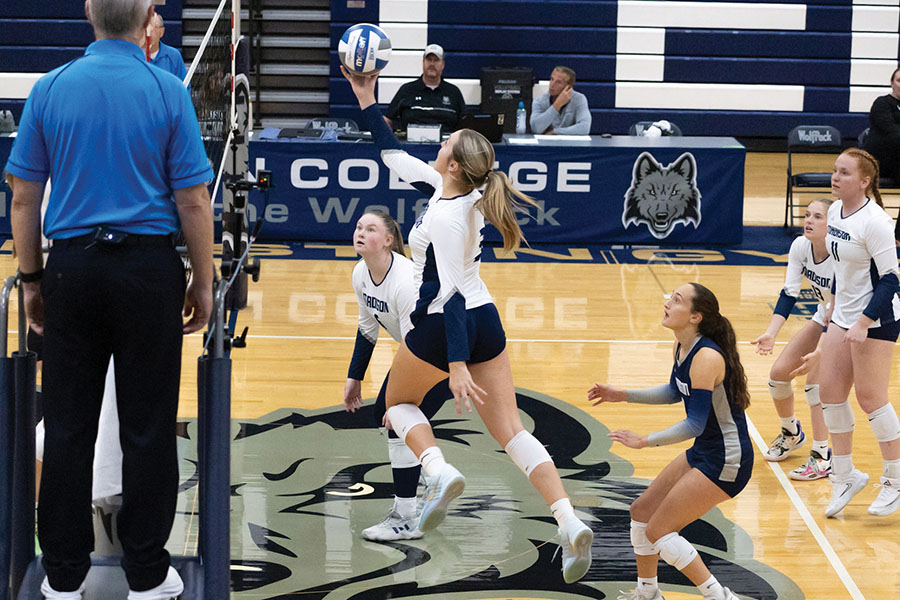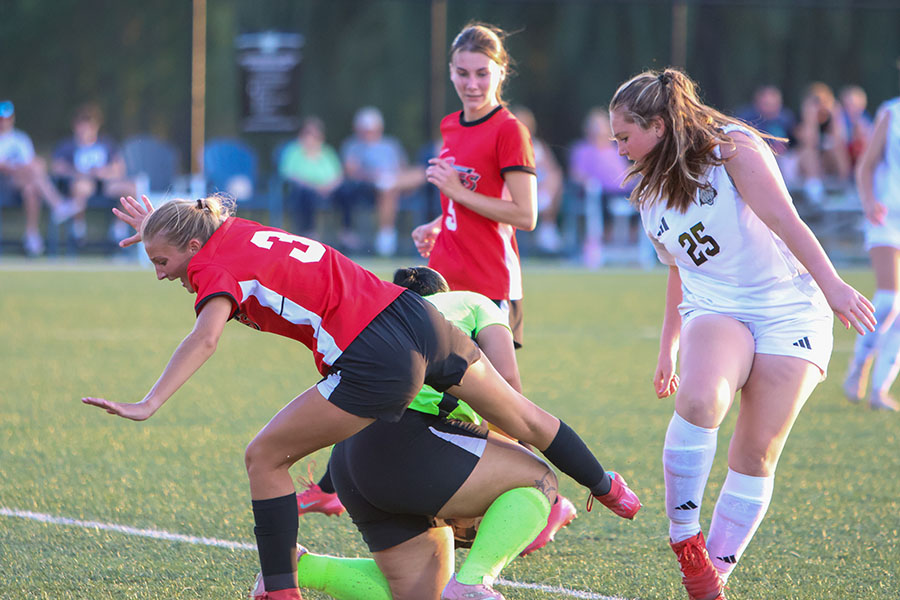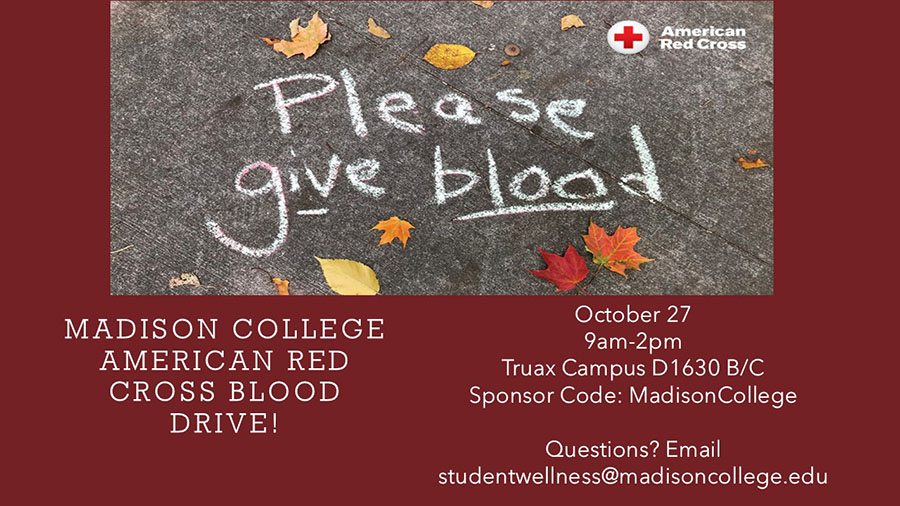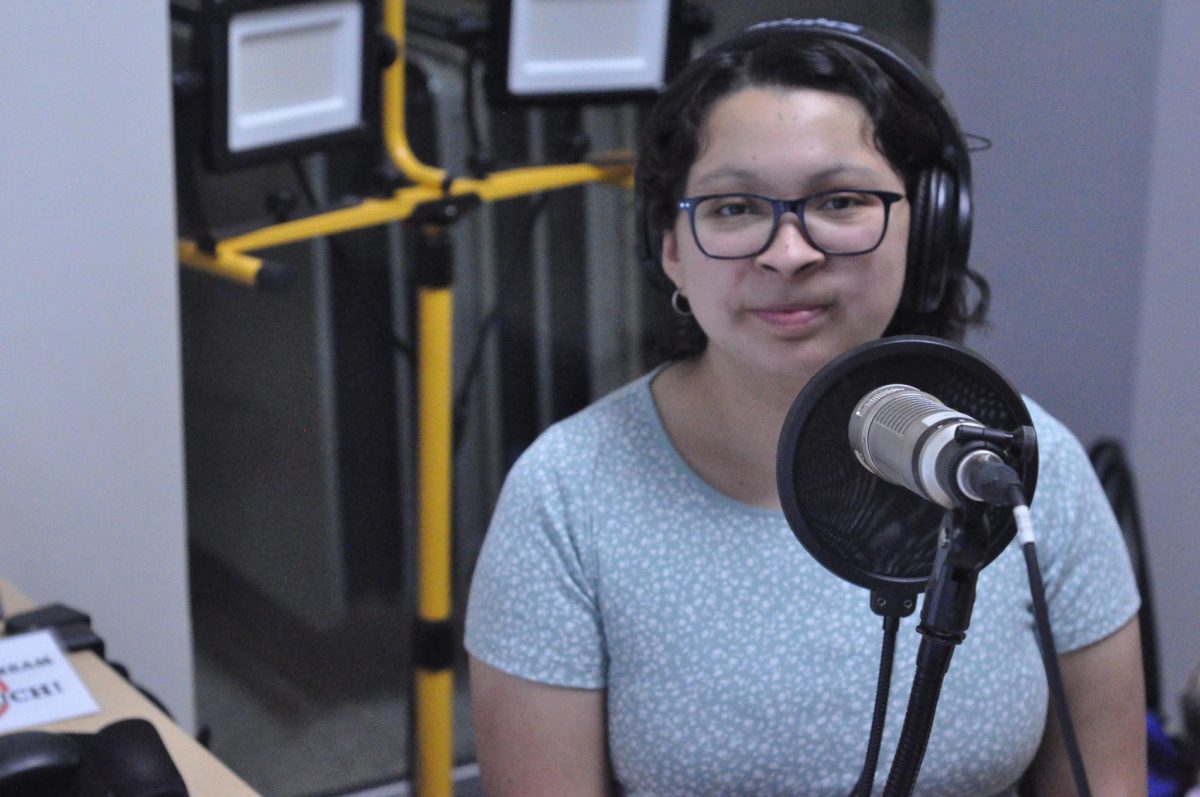
This year’s Student Senate has 27-year-old Sylvia Bissonette as the Indigenous representative whose goal is to become a therapist after getting an associate degree in social sciences.
While she isn’t sure what type of therapist she aims to be or what age bracket she wants to work in, she has a firm reasoning behind why she chose to take this path: her father, who struggled with drinking, has been a drug and alcohol counselor. She grew interested from a young age as her father would take her to the clinic where he worked at, and she would observe the books that he had which turned into reading them.
In our interview, Sylvia talked about growing up in an Indigenous and poor community. Her hometown is not too far from Madison, as this community is located in Baraboo, WI. This area is greatly populated by the Ho-Chunk currently, and they have created a few areas where Indigenous folks can still be in the community, partaking in culture and tradition, even though villages like the one Sylvia is from are not recognized as reservations.
Her motivation to go into therapy has also drawn her to the Student Senate, where she hopes to not only build leadership skills as a Senator but also showcase her intentions on her resume and create a great network of like-minded professionals.
She goes on to talk about the pressure to perform at a high level academically as an Indigenous student due to the stereotypes the Indigenous community faces, such as being lazy alcoholics or drug addicts. This pressure is only further pressed on in higher education, particularly that of four-year universities such as the University of Wisconsin Madison.
Our interview turned to the importance of representation in education, particularly that of Indigenous students. We discussed how it was low across the board but also my experience with the administration in student representation when a conversation was being had with the Senate the prior year. I informed her that I and reelected Senator Annette Crowder had asked a very important question about the stats taken for the administrative goal of raising the success rate of Black and Brown Male Students: “Why are Native American men not included on these figures?”
The reason is one that Sylvia, Annette and I have heard all too frequently: ” There simply aren’t enough Natives to warrant figures on them.”
Statements such as these are motivators for Sylvia and anyone else who seeks more Indigenous representation.
For more on Sylvia’s story and perspective, look at the upcoming articles in our regular paper.


